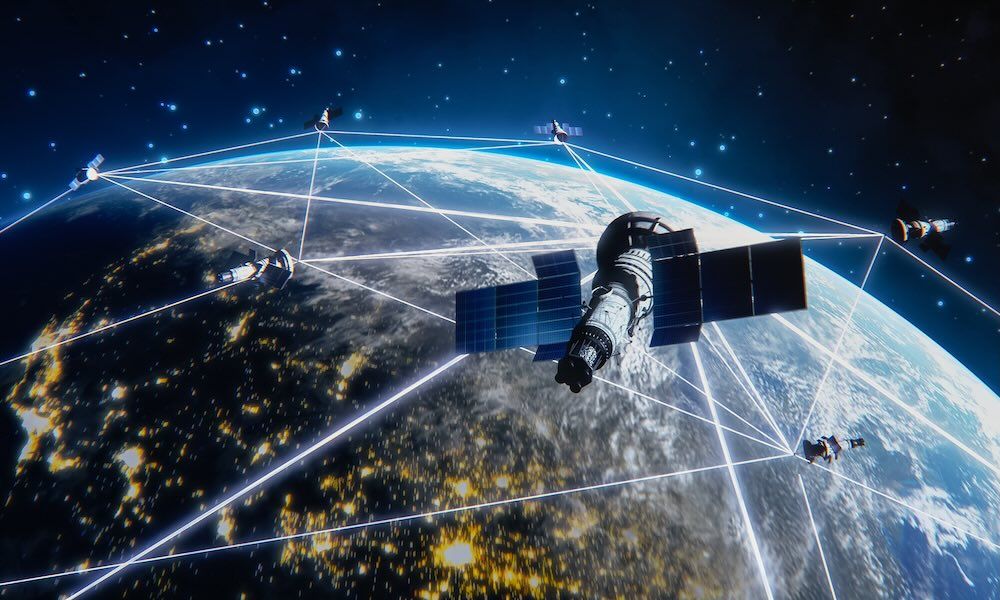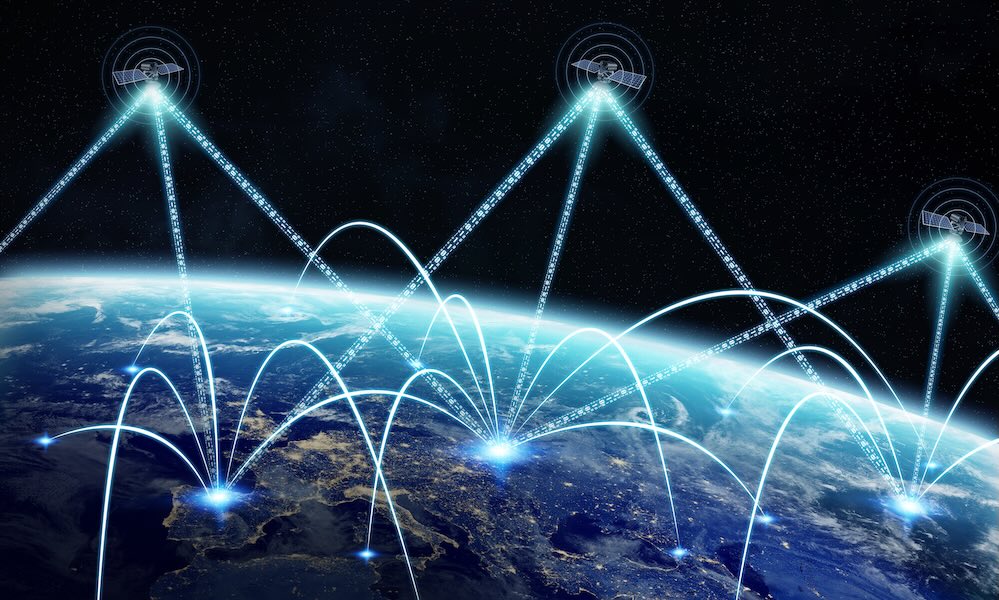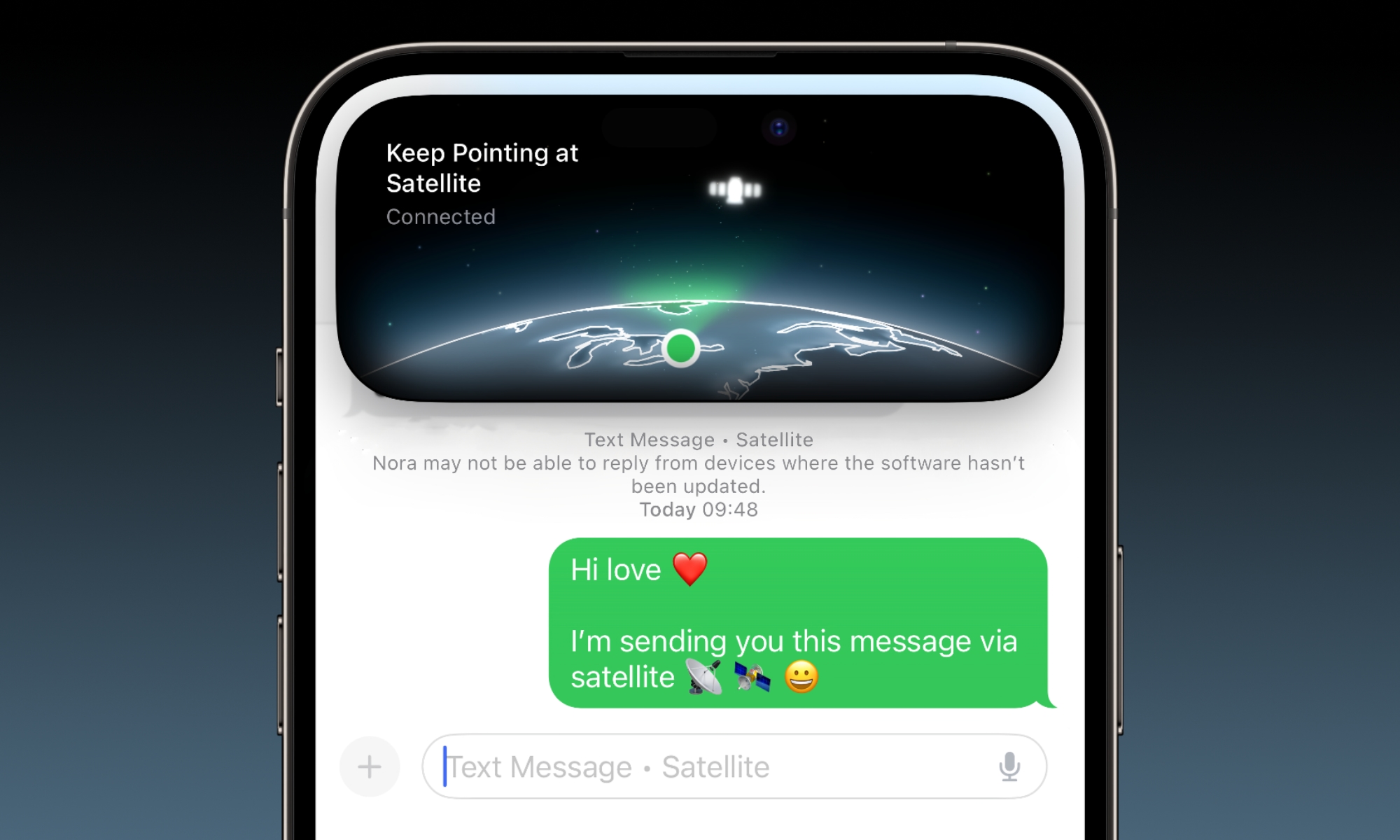What iOS 18.5 Means for Satellite Connectivity on the iPhone 13
 Gorodenkoff / Adobe Stock
Gorodenkoff / Adobe Stock
Toggle Dark Mode
Among the relatively sparse update notes that accompanied yesterday’s iOS 18.5 Release Candidate was the revelation that Apple is bringing support for “carrier-provided satellite features” to the iPhone 13. This will mark the first time that Apple’s 2021 iPhone model will be able to access anything via satellite, but it’s not quite the same as what Apple offers on the iPhone 14 and later models.
While rumors of satellite communications coming to the iPhone 13 appeared in 2021, those turned out to be a non-starter. Reports of Apple’s satellite ambitions went back to at least 2019, which likely fuelled some of the speculation; however, the iPhone 13 assumptions turned out to be based on some confusion around a new 5G frequency in the iPhone 13 modem chips and what it would actually be used for.
The frequency in question, band 53, was licensed exclusively to Globalstar, a company best known for its satellite networks. Some folks jumped to the conclusion that this meant the band was being enabled for satellite communications, missing the fact that Globalstar also operates private terrestrial LTE and 5G networks, which run on band 53.
Around the same time, Bloomberg’s Mark Gurman confirmed that Apple was working on satellite features for a future iPhone, but that those wouldn’t likely appear until 2022 — which they did when Emergency SOS via satellite launched with the iPhone 14 family.
A Tale of Two Satellite Networks
Apple’s Emergency SOS via satellite initially provided a way for folks stranded away from cellular or Wi-Fi access to send messages to an emergency dispatch center. In iOS 17, it expanded to offering Roadside Assistance via satellite through AAA and other participating agencies and then Messages via satellite in iOS 18.
Some have taken the earlier rumors of the iPhone 13 getting satellite connectivity features to suggest that Apple could eventually roll out Emergency SOS via satellite and the rest to that older model. However, that’s not what’s happening in iOS 18.5, nor is it likely to ever happen unless Apple fundamentally changes how its satellite services work.
The 2021 rumors suggested that Apple was building satellite communications over 5G, similar to what SpaceX and T-Mobile have done with Starlink.
However, that’s not the direction Apple went in. Apple’s portfolio of satellite communications services doesn’t operate on standard 5G technologies. Instead, they use traditional satellite frequencies known as the S-band and L-band, as Apple explained in a late 2022 newsroom announcement:
Delivered in partnership with Globalstar, Apple’s Emergency SOS via satellite service utilizes the spectrum in L and S bands specially designated for mobile satellite services by ITU Radio Regulations. When an iPhone user makes an Emergency SOS via satellite request, the message is received by one of Globalstar’s 24 satellites in low-earth orbit traveling at speeds of approximately 16,000 mph. The satellite then sends the message down to custom ground stations located at key points all over the world.
This means the iPhone needs special radio hardware to communicate with Apple’s Globalstar-powered satellite constellation. The iPhone 14 and later models have those chips and antennas; older models don’t.
That means an iPhone 13 can’t support Emergency SOS via satellite, Roadside Assistance via satellite, or Messages via satellite. However, what an iPhone 13 can do is communicate with satellites using standard 5G frequencies. That’s what iOS 18.5 brings to the table.
Apple introduced 5G satellite connectivity in iOS 18.3 but initially limited it to the iPhone 14 and later models. This led some to assume that the new carrier-provided satellite features were tied to Apple’s own satellite services, but the fact is that they’re entirely unrelated.
As the name suggests, carrier-provided satellite features allow an iPhone to use a standard carrier plan to communicate with satellites rather than just terrestrial towers. The frequencies and communications are essentially the same; only the endpoint changes to something in space rather than a tower that’s fixed on the ground.
That’s something that any 5G-capable iPhone should be able to do, provided it supports the right 5G bands. This also means there’s no apparent reason why the iPhone 12 is being left out of the fun. T-Mobile’s Starlink, the only carrier-provided satellite service right now, uses 5G band 25 (n25), so this has nothing to do with the mysterious new band 53 that appeared in the iPhone 13’s modem chip. The iPhone 12 also supports band n25, so a future iOS update could expand Starlink support to Apple’s original 5G model.
Starlink and similar services use 5G frequencies that are licensed to the carriers, which in turn need to forge their own partnerships with satellite providers. That’s why Apple’s carrier-provided satellite features only work with T-Mobile right now — they’re the only carrier in the world that’s established a deal to provide satellite services to customers, and even that’s still technically in beta right now.
While Apple could have gone with Starlink-style 5G connectivity instead of L-band and S-band communications, it needed to cut out the middleman to ensure that these emergency features would be available to as many iPhone users as possible, regardless of the carrier they were on. Using traditional satellite frequencies allows for that, plus a much quicker global expansion that isn’t hampered by communications regulations and carriers.
The frequencies Apple uses are licensed by the International Telecommunications Union (ITU), which means Apple doesn’t have to worry about licensing the frequencies in each country. Emergency SOS via satellite can technically work nearly anywhere on the planet; the delay in rolling it out is only due to the need to ensure that emergency services are on board in foreign countries. Somebody still has to answer the calls.










